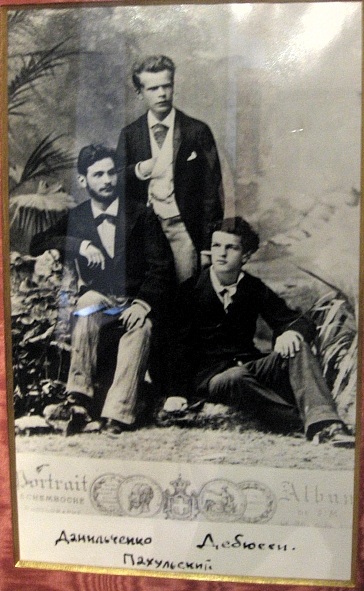Claude Debussy's Pianistic Vision

Octatonic, Chromatic, Modal, and Symmetrical Forms that Supplant Tonality in Five Piano Preludes by Claude Debussy
© 2002 Dr. Anthony Tobin, The University of Texas at Austin
Supervisors: Elliott Antokoletz and Gregory D. Allen
Introduction to this treatise
Abstract: This treatise identifies and clarifies pitch relations that have supplanted the tonal system in selected piano preludes by Claude Debussy. Interval cycles based on the equalization of the twelve chromatic tones, octatonic, pentatonic, whole-tone, chromatic, and modal structures forge unique relationships that render each prelude a self-contained system of reflexive elements. Debussy’s musical style represents an intermediary stage in the transition from purely tonal melody and accompaniment to purely abstract melodic and harmonic constructions. An important issue in each prelude is whether vestiges of tonality exist, and if so, whether the traces contain functional connotations. In addition, “hybrid” melodic/harmonic structures, rather than invoking one single pitch set, render the identity of seemingly fundamental forms ambiguous and open for interpretation.
This treatise  (large file, 1.9MB) also explores the role of proportional schemes derived from the Golden Section ratios of Ernó Lendvai and the Fibonacci number series. In many instances, the formalized schemes resulting from these symbolic number relations in Debussy’s Préludes replace traditional formal structures. This study of the complex relations found in the Préludes is warranted because their means of progression and texture affected 20th-century composers and contributed to the dissolution of the tonal system.
(large file, 1.9MB) also explores the role of proportional schemes derived from the Golden Section ratios of Ernó Lendvai and the Fibonacci number series. In many instances, the formalized schemes resulting from these symbolic number relations in Debussy’s Préludes replace traditional formal structures. This study of the complex relations found in the Préludes is warranted because their means of progression and texture affected 20th-century composers and contributed to the dissolution of the tonal system.

Claude Debussy is on the right during an 1885 trip to Russia